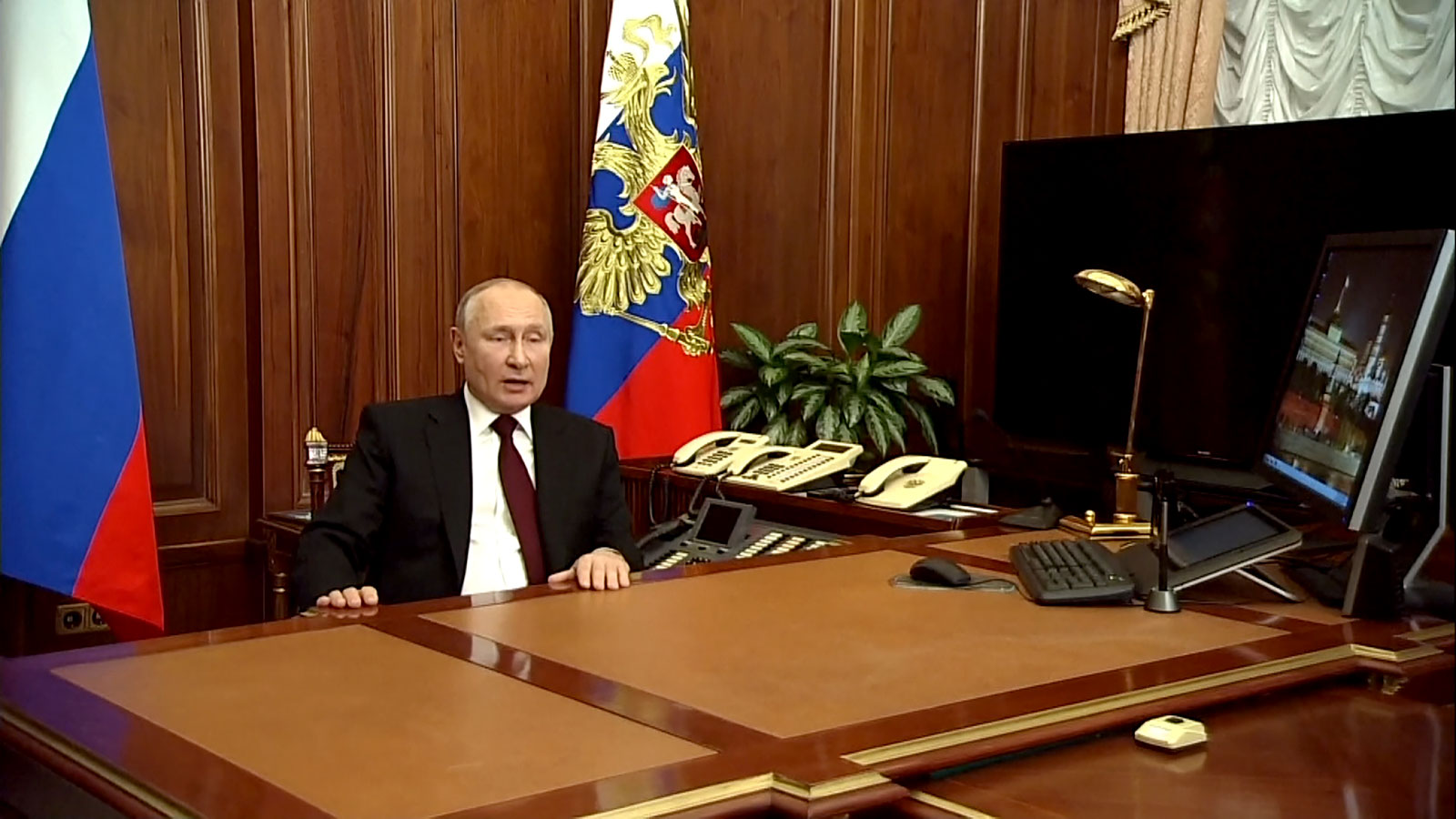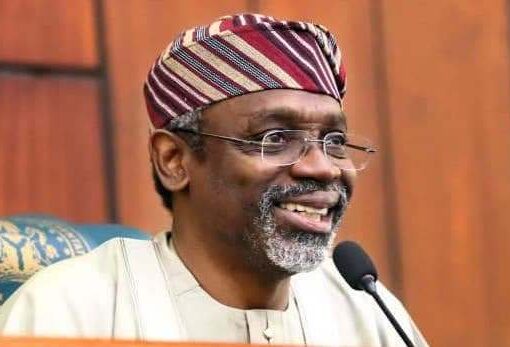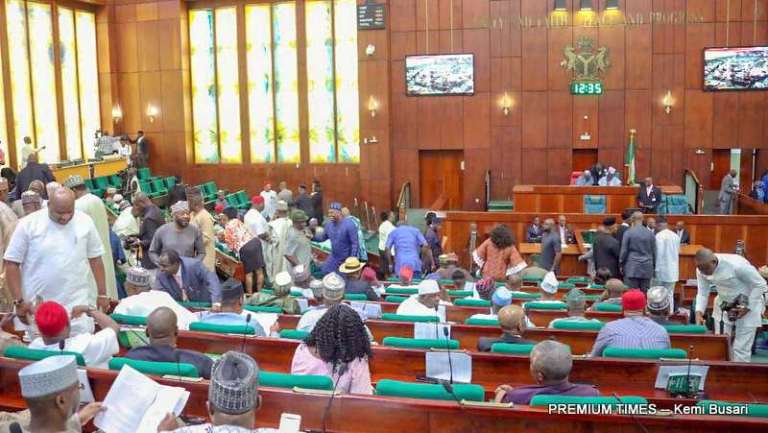Lviv, Moscow and Kyiv – Even as Russian forces mass on Ukraine’s border, the spotlight this week has swung back to the rumbling low-intensity war in eastern Ukraine and its possible role in setting the stage for a broader conflict.
Over the past three days, there has been an upsurge in shelling along several parts of the front lines. The Ukrainians say shelling by the Russian-backed separatists is at its highest in nearly three years, and for their part the separatists allege the use of heavy weapons by Ukrainian armed forces against civilian areas.
On Thursday, a kindergarten in Ukrainian-controlled territory less than 5 kilometers from the front line was hit. On Friday and Saturday, the Ukrainian authorities reported a further spike of shelling by heavy weaponry, which is banned from within 50 kilometers of the front lines by the Minsk Agreements.
Ukrainian authorities say there were 60 breaches of a ceasefire on Thursday, many of them by heavy weapons, according to report by CNN.
The leaders of the two breakaway pro-Russian territories — which call themselves the Luhansk and Donetsk People’s Republics — claimed the Ukrainians are planning a large military offensive in the area. On Friday they organized mass evacuations of civilians to Russia, while instructing men to remain and take up arms.
Ukrainian officials repeatedly deny any such plans. On Friday, the head of Ukraine’s National Security Council, Oleksiy Danilov, said: “There is a great danger that the representatives of the Russian Federation who are there will provoke certain things. They can do things that have nothing to do with our military.”
Danilov did not provide evidence but added: “We can’t say what exactly they are going to do — whether to blow up buses with people who are planned to be evacuated to the Rostov region, or to blow up houses — we don’t know.”
Danilov spoke just hours after the mysterious explosion in a vehicle belonging to a senior official in the city of Donetsk, close to the separatists’ headquarters.
The region’s leader, Denis Pushilin, called it an act of terrorism. But Ukrainian authorities and western officials said it was a staged provocation — designed perhaps to justify a Russian intervention.
After being relatively quiet for much of this year, the “line of contact” has been much more active in the past few days — as the future of Ukraine’s breakaway regions becomes entangled in a much broader range of Russian grievances and demands.
What’s the recent history in Donbas?
War broke out in 2014 after Russian-backed rebels seized government buildings in towns and cities across eastern Ukraine. Intense fighting left portions of the Donbas region’s eastern Luhansk and Donetsk oblasts in the hands of Russian-backed separatists. Russia also annexed Crimea from Ukraine in 2014 in a move that sparked global condemnation.
The separatist-controlled areas in Donbas became known as the Luhansk People’s Republic (LPR) and the Donetsk People’s Republic (DPR). The Ukrainian government in Kyiv asserts the two regions are in effect Russian-occupied.
The self-declared republics are not recognized by any government, including Russia. The Ukrainian government refuses to talk directly with either separatist republic.
The Minsk II agreement of 2015 led to a shaky ceasefire agreement, and the conflict settled into static warfare along the Line of Contact that separates the Ukrainian government and separatist-controlled areas.
The Minsk Agreements (named after the capital of Belarus where they were concluded) ban heavy weapons near the Line of Contact.
Language around the conflict is heavily politicized. The Ukrainian government calls separatist forces “invaders” and “occupiers.” Russian media calls separatist forces “militias” and maintains that they are locals defending themselves against the Kyiv government.
More than 14,000 people have died in the conflict in Donbas since 2014. Ukraine says 1.5 million people have been forced to flee their homes, with most staying in the areas of Donbas that remain under Ukrainian control and about 200,000 resettling in the wider Kyiv region.
How has Putin stoked the conflict?
The separatists in Donbas have had substantial backing from Moscow. Russia maintains that it has no soldiers on the ground there, but US, NATO and Ukrainian officials say the Russian government supplies the separatists, provides them with advisory support and intelligence, and embeds its own officers in their ranks.
Moscow has also distributed hundreds of thousands of Russian passports to people in Donbas in recent years. Western officials and observers have accused Russian President Vladimir Putin of attempting to establish facts on the ground by naturalizing Ukrainians as Russian citizens, a de facto way of recognizing the breakaway states. It also gives him a reason to intervene in Ukraine.
And this week, the Russian parliament recommended that the Kremlin formally recognize parts of the LPR and DPR as an independent states, another escalation in rhetoric that US officials say is evidence that Putin has no intention of abiding by the Minsk agreement.
Stanytsia Luhanska, Ukraine, on Thursday, February 17. No lives were lost, but it was a stark reminder of the stakes for people living near the front lines that separate Ukrainian government forces from Russian-backed separatists.
A kindergarten that officials say was damaged by shelling is seen in Stanytsia Luhanska, Ukraine, on Thursday, February 17. No lives were lost, but it was a stark reminder of the stakes for people living near the front lines that separate Ukrainian government forces from Russian-backed separatists.
What is happening in Donbas right now?
On Saturday, people from the separatist-controlled regions began heeding the evacuation order, departing in buses across the Russian border. Russian authorities promised them shelter and compensation — while Russian state media covered every aspect and episode of the limited exodus — with the unmistakeable message that people were leaving in their thousands for fear of Ukrainian aggression.
As of early Saturday Russian news agencies reported that some 10,000 people had already crossed the border. And Russian authorities say they are ready for up to 900,000 people to arrive, although the separatist leadership has ordered men to remain behind and take up arms and announced a general mobilization.
As it was in 2014, the Donbas region is now the crucible of the conflict between east and west, between Putin’s drive to reassert control — weakening the Ukrainian state — and the growing aspiration of Ukrainians to join the fold of European democracies.






